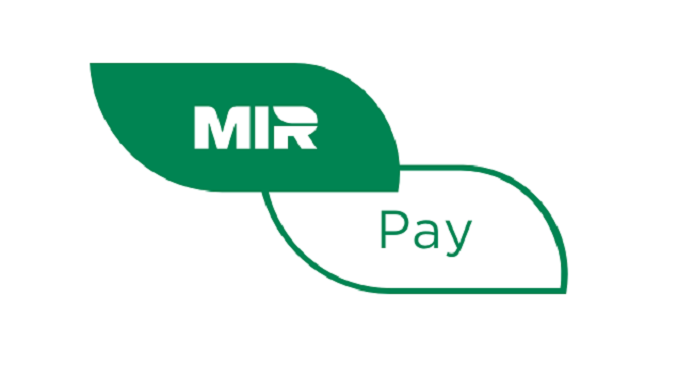Results of the Crisis! (IPC Phase 3!) are anticipated to last in Afghanistan until at least May. Due to low self-produced food supplies and high food prices during the ongoing lean season, which coincides with winter, the majority of households do not have enough food to meet their needs, a report says.
According to FEWS NET, continued humanitarian food assistance plays a significant role in preventing worse area-level outcomes, but millions of households continue to experience food insecurity since the scale of the need exceeds the capacity of the aid system. Some households are probably experiencing an Emergency (IPC Phase 4), which means they have significant food deficiencies or are employing emergency coping mechanisms to lessen them, in the areas of most concern, including the provinces of Badakshan, Badghis, Bamyan, Daykundi, Faryab, and Ghor.
Up to the beginning of the next harvest, households are anticipated to depend more and more on markets and humanitarian aid for food. Meanwhile, fewer employment possibilities, lower incomes, and high food prices will keep household spending power low. Food access and availability in lower-elevation locations are unlikely to significantly increase until the beginning of the harvest in April and May. The following harvest doesn’t start until as late as mid-July in higher elevations.
WFP estimates that in 2022, more than 22.6 million people will have received humanitarian assistance with food, nutrition, and livelihoods. According to a WFP report from December, over 3.5 million individuals got monthly assistance, and five months’ worth of supplies were ready to be sent to an additional 1.5 million people who reside in difficult-to-reach locations throughout the winter. Rations were given to households that covered between 50 and 75 percent of their calorie requirements. Based on data from the WFP that was available as of December, only 11 million individuals will be targeted for food assistance during the first half of 2023 due to financial restrictions. During the current lean season, humanitarian efforts will probably continue to focus on the regions most severely impacted by the multi-seasonal drought.
But the effect of the government’s decree prohibiting female NGO workers, released on December 24, on the distribution of humanitarian aid is being keenly watched.
Although there was some favorable precipitation at the beginning of the winter rainy season in October and November, there was little precipitation in December, which led to cumulative precipitation deficits in early winter. Additionally, the snowpack is lower than average for this time of year in the nation’s highland regions. Low-lying regions of the nation are still growing winter wheat in December, whereas higher-elevation regions have finished planting as winter and subfreezing temperatures have arrived. Due to dry soils following several years of drought and below-average access to agricultural inputs, planting of winter wheat is below-average nationally.
In the past six months, several respondents said their communities had both an economic shock and droughts or precipitation shortfalls, according to key informant interviews REACH conducted in October/November. Additionally, households said that the cost of basic foods has gone up in the last 30 days and that their access to markets is restricted due to both physical distance and financial limitations. The results are in line with WFP price monitoring data, which show that rice is approximately 20% more expensive than it was at the same time last year while wheat grain and flour costs are still significantly above the two-year average.



